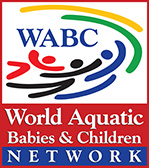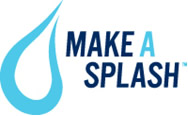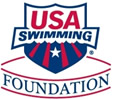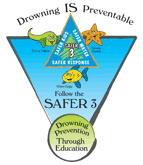Parent & Tot (12-36 months)
Prerequisite Skills: None
Description
You won’t find a better class for your young toddler anywhere! Our Parent & Tot class is designed to develop a life-long love for the water while learning how to swim!.
You can also have the peace of mind that you aren’t putting your child through barbaric and abusive survival practices, that could negatively affect a child for a life-time. For more information, email JReisr@SwimProfessor.com
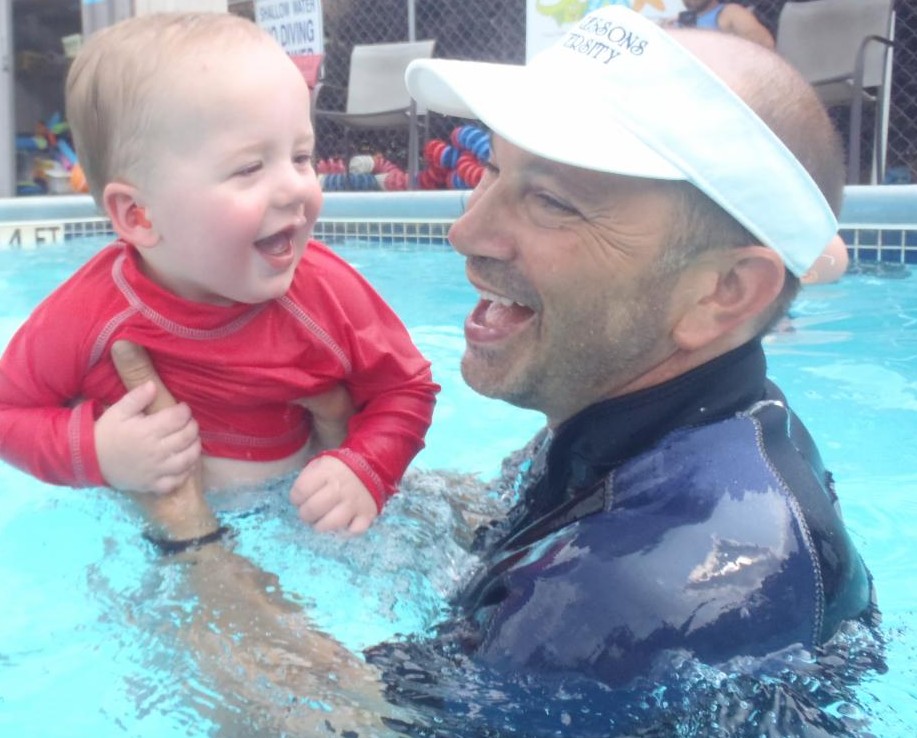
What will your child learn in our Parent & Tot class?
- A life-long love for the water
- Invaluable Safety Skills
- How to propel themselves through the water using a flutter kick
- Breath Holding
- Breath Control
- How to swim short distances unassisted
- How to swim longer distances using our “Pop-up Breath” progression
- How to enter the pool from a jump, level off, and swim back to safety
Lasty but not least, the class is limited to just three (3) students, and taught by the most experienced Learn-to-Swim Professionals around in Coach Jim or Coach Heather!






